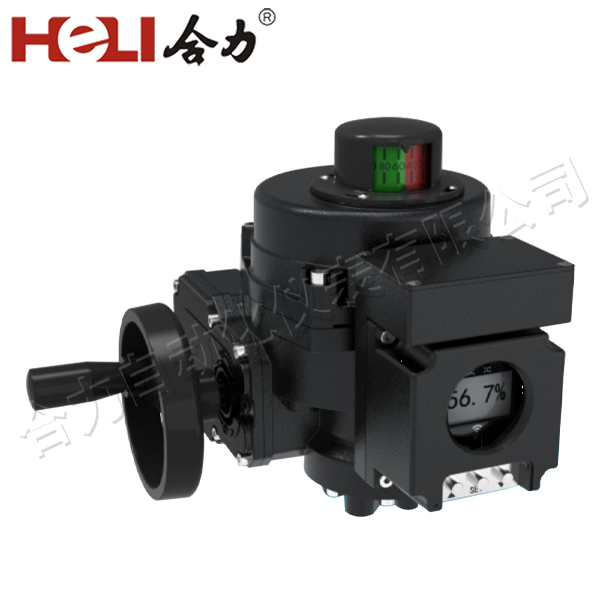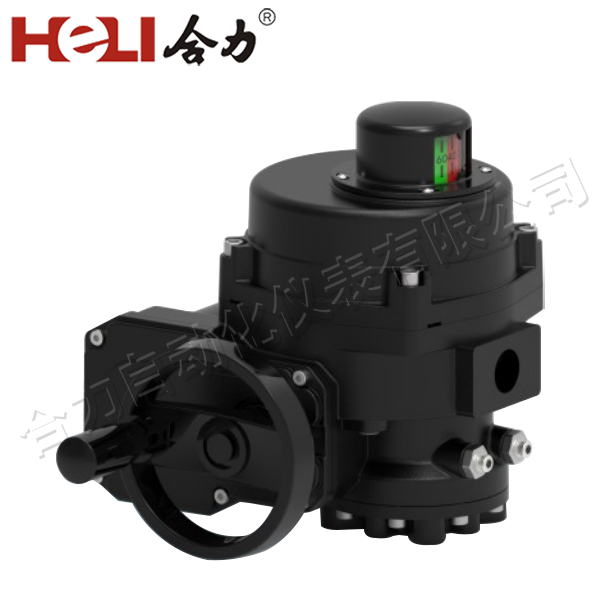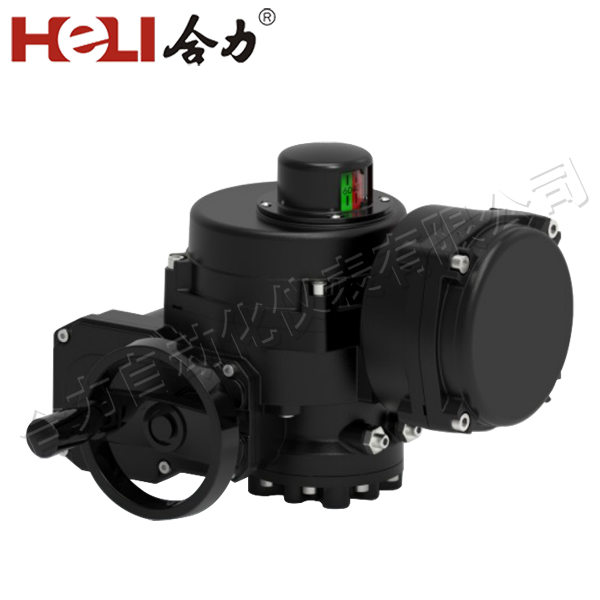
In the quest for sustainable energy solutions, hydrogen energy has emerged as a powerful contender, offering a cleaner alternative to fossil fuels. As we advance toward a greener future, the electrical installation of hydrogen energy systems becomes crucial. This article delves into the key aspects of hydrogen energy electrical installations, focusing on their importance, components, and challenges.

Hydrogen energy, generated from the electrolysis of water or from natural gas reforming, provides an eco-friendly power source. When used in fuel cells, hydrogen combines with oxygen to produce electricity, heat, and water as byproducts. This process is notably clean, emitting only water vapor and minimal pollutants. The efficiency and environmental benefits of hydrogen energy have led to increased interest in its application across various sectors, including transportation, industry, and residential power.

